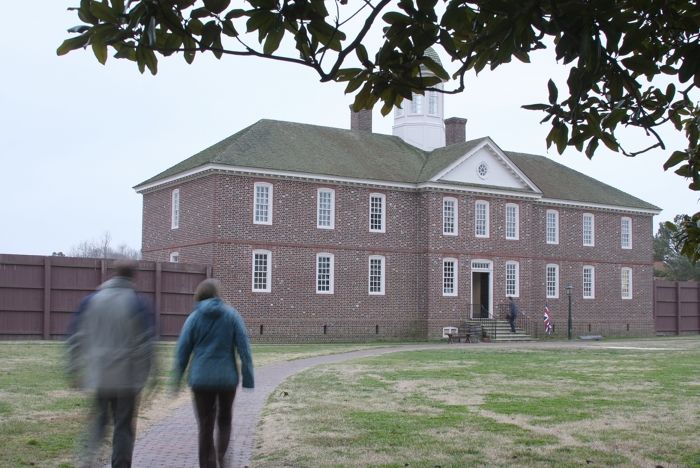
The DeWitt Wallace Museum doesn't look that big on the outside, but underground it spreads out with world-class exhibits, a big amphitheater, and a great cafeteria.
Colonial Williamsburg’s annual conference, Working Wood in the 18th Century, is going as strong as ever in its 14th year, a credit to the wonderful quality of the venue, the presenters, and the overall experience. This year’s focus is the furniture of George and Martha Washington. As always the heart of the program is a blend of Williamsburg’s own presenters and outside experts building period pieces for a live audience. This is my Day One report with others to follow.
The majority of the attendees are repeat customers, which is no wonder. Every time I get to go, as one of FWW’s editors on hand, I feel lucky. The venue is a plush auditorium set in Williamsburg’s primary museum, with cameras projecting the closeup action on a screen behind the presenters, and when you get tired of that, you can walk the lanes of one of the world’s greatest living-history villages.
This year, one of my favorite traditional woodworkers, Dan Faia, is demonstrating. Dan is the current director of the furniture and cabinetry program and Boston’s famed North Bennet Street School, and has been teaching and making world-class commissions for a long time, the right credentials for a good demonstrator. He is making a pembroke table, with assistance from another talented North Bennett alum, Matt Wajda.
The program kicked off tonight as it always does, with a reception and then bit of history. Dennis Pogue, in charge of preservation at Mount Vernon, gave a great talk on the building itself, how it was built and added to over time, and the many sources for its architectural ideas. He talked about how Washington argued with the designers to break some rules, such as perfect Georgian symmetry, in order to better please the eye, and how Mount Vernon became an icon of American style, combining palazzos, balustrades, and other cutting-edge elements of the time.
Then Mount Vernon’s furniture curator took over. Susan Schoelwer went through many of the pieces that caught Washington’s eye at various auctions, where he could get a much better deal than he would by commissioning pieces. One of my favorites was the beautiful four-poster bed he bought as a bachelor to welcome his wife to be, the one she continued to sleep in after he died many decades later.
Not knowing exactly what would be waiting for her in the sticks where George had set up his estate, Martha Custis brought along dozens of pieces of her own, including 120 bottles of wine and 42 barrels of rum (my kind of gal). And then the couple also ordered pieces together, from both local craftsmen and some as far away as London, to fill their expanding home.
After the talk was over, old friends regrouped to head out for food and drink in one of the many fine resaurants and bars in the the historical area’s “Merchant Square.”

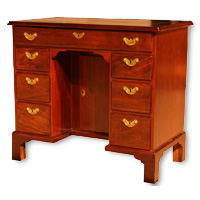
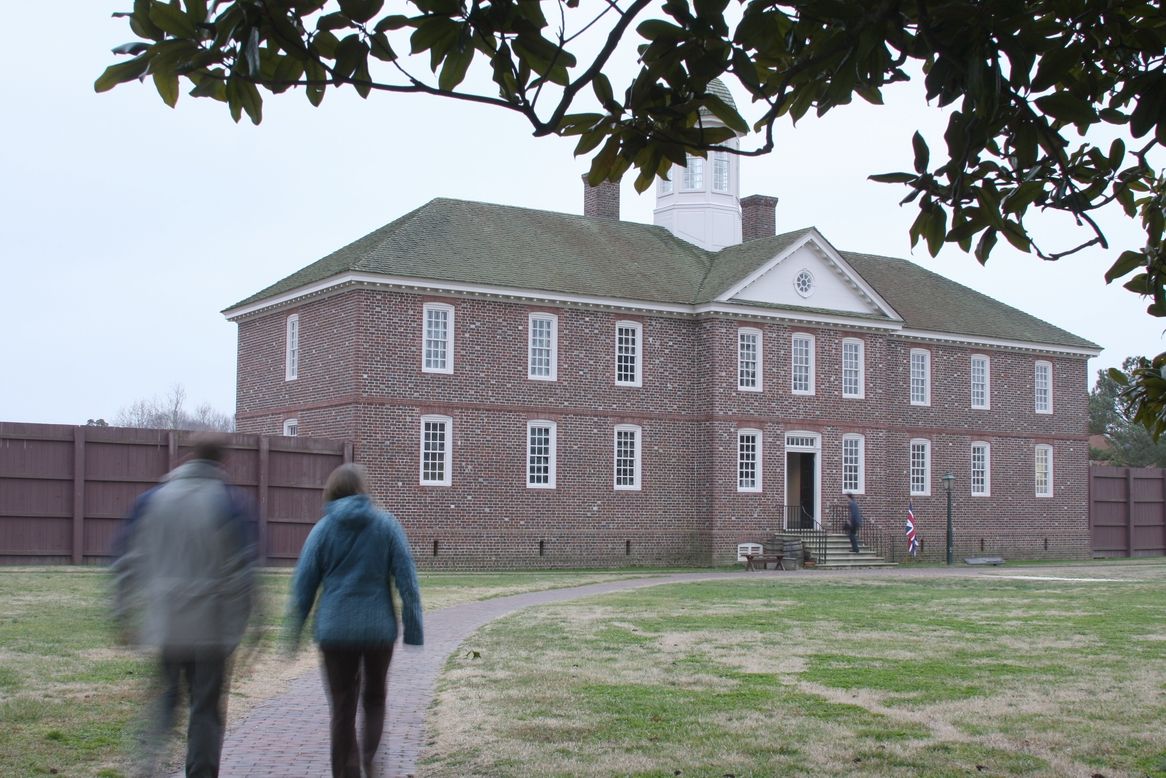
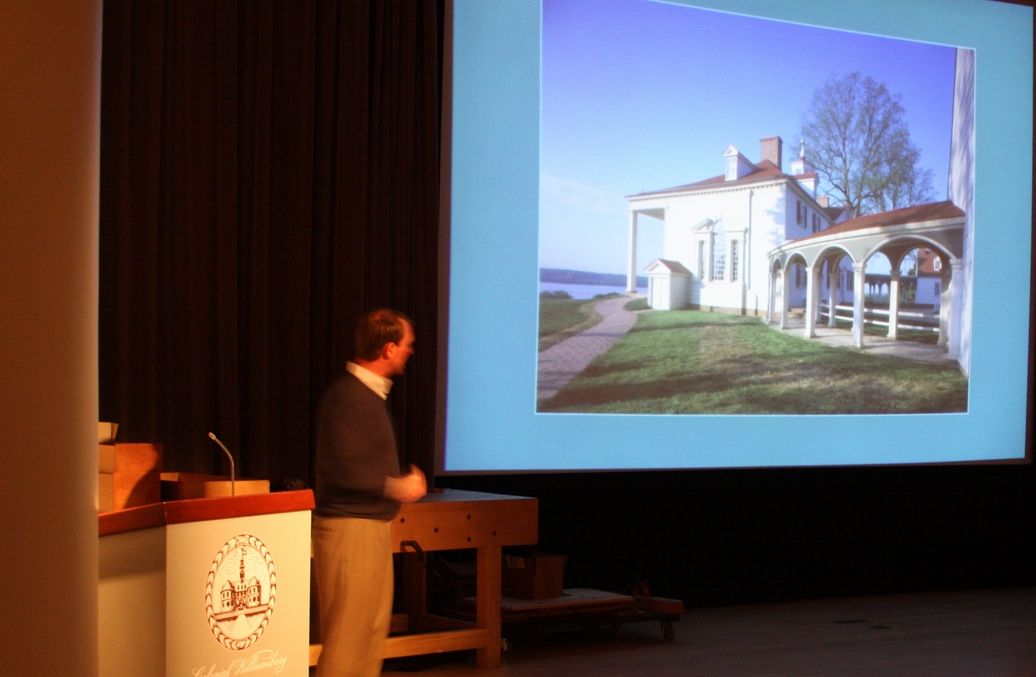

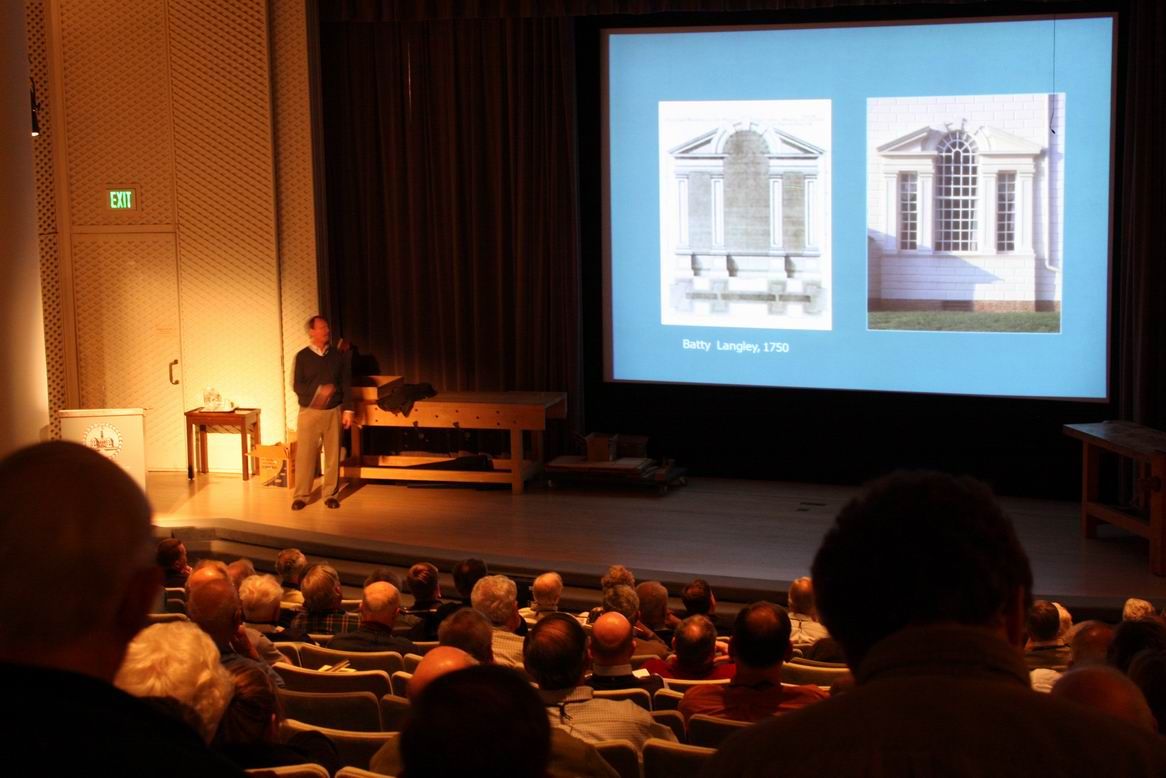
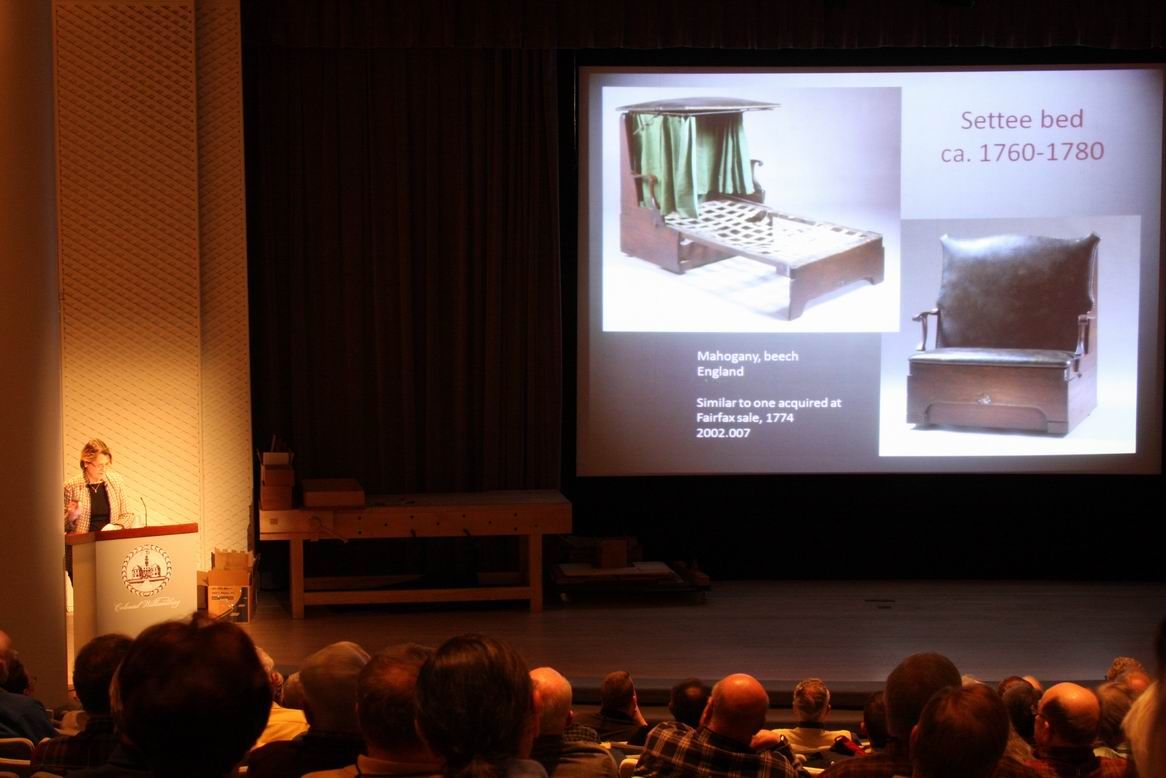
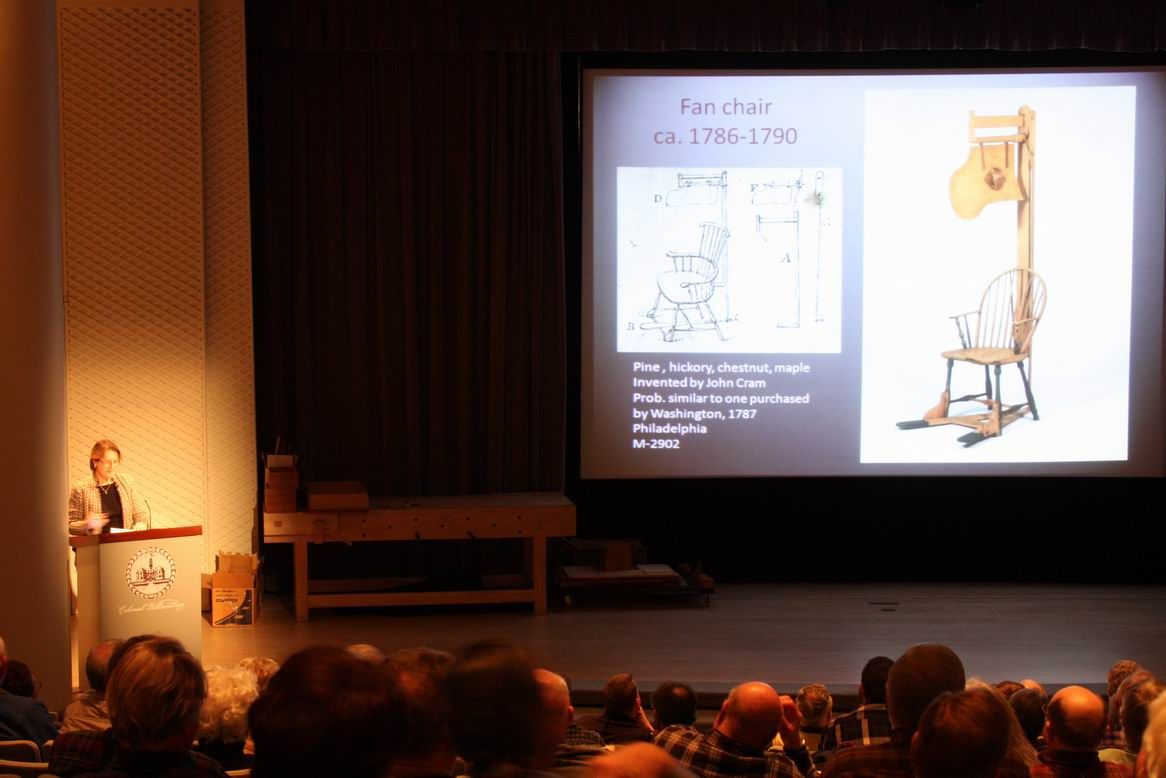
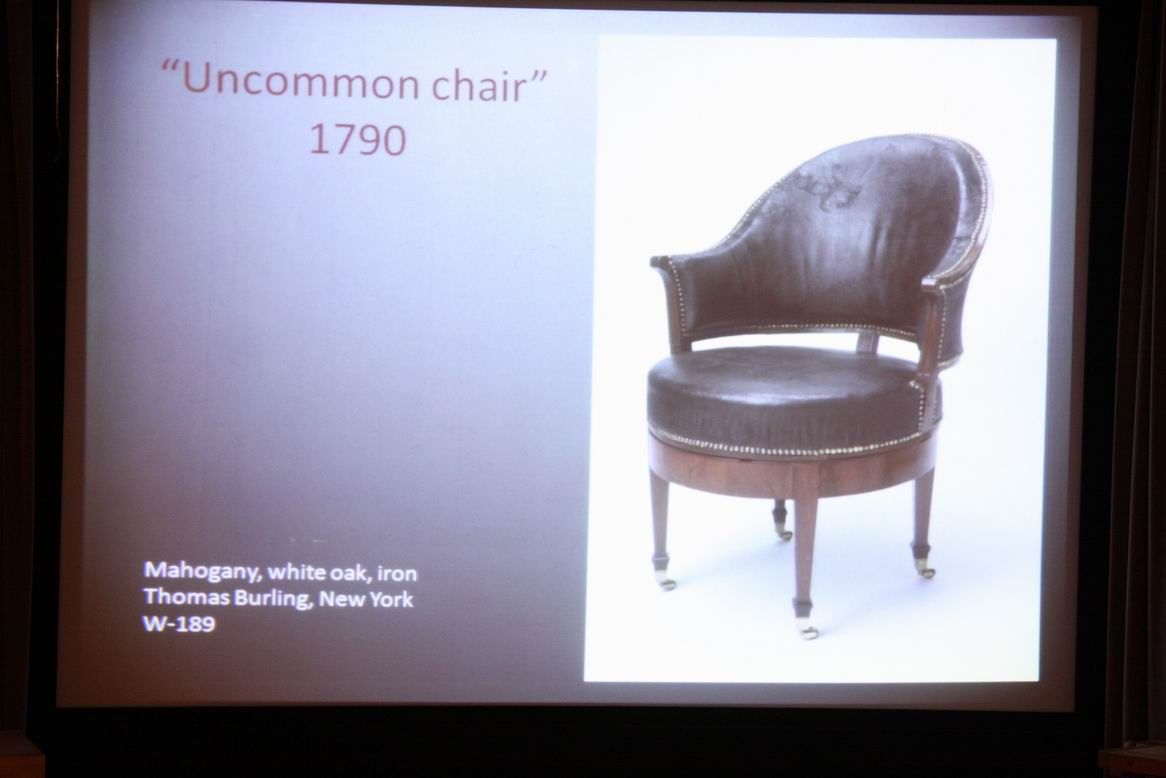




















Log in or create an account to post a comment.
Sign up Log in